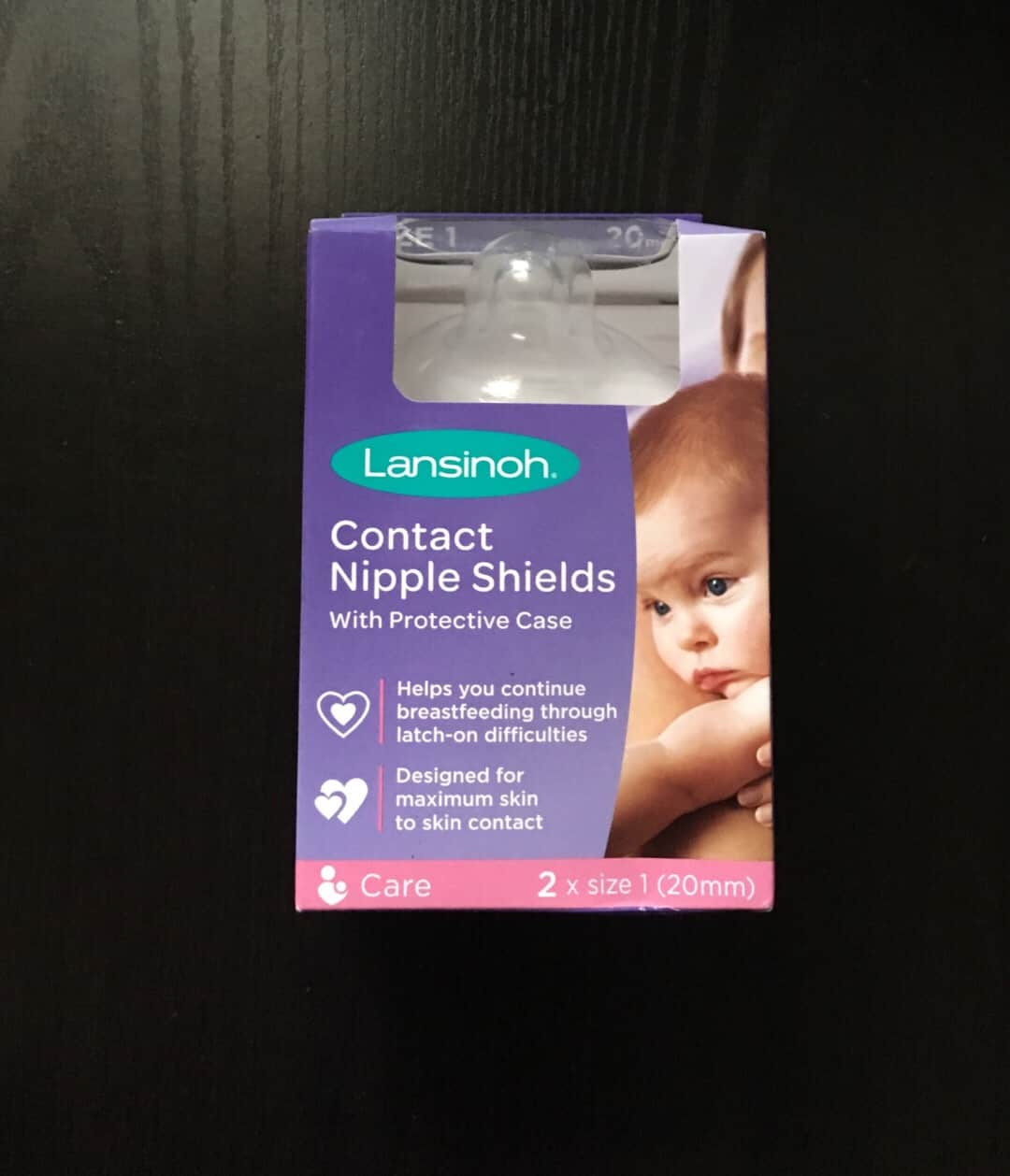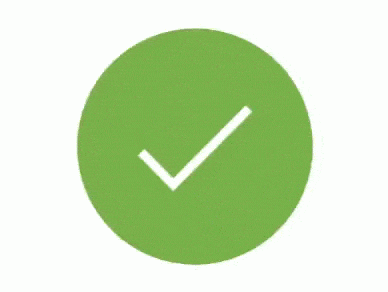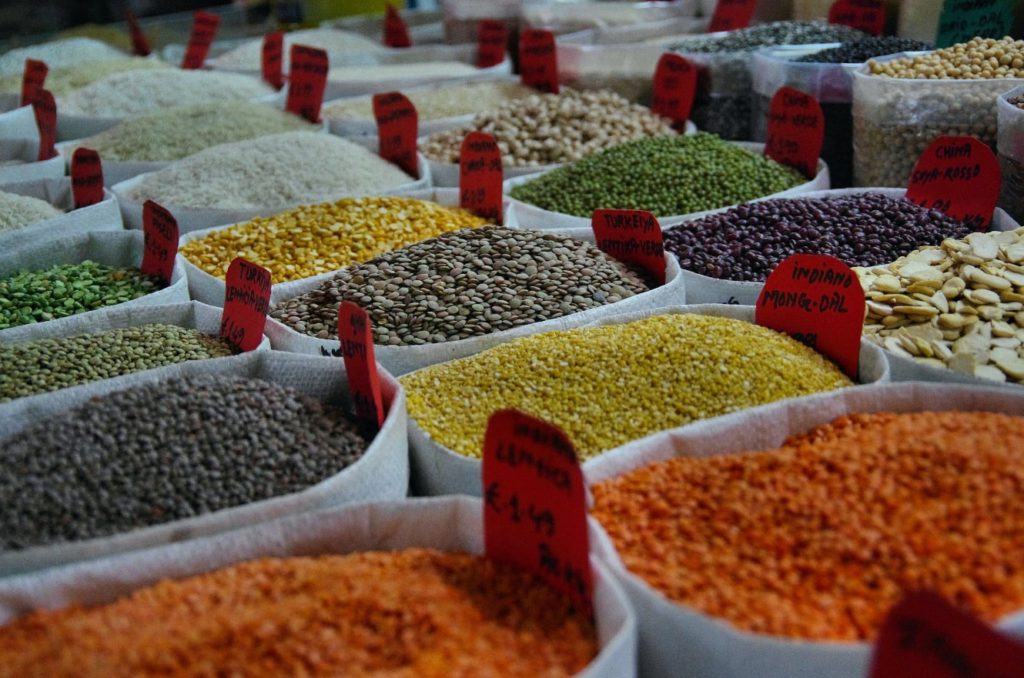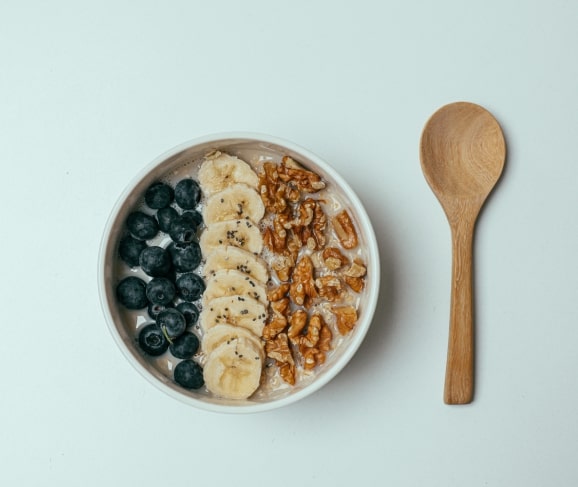Are you a new mom? Have you heard that breastfeeding would simply ‘dissolve’ all the extra weight that comes with pregnancy? Does it seem like you’re not losing any weight while breastfeeding? Is the process more difficult than you’d have imagined?
This article is just for you!
Table of contents
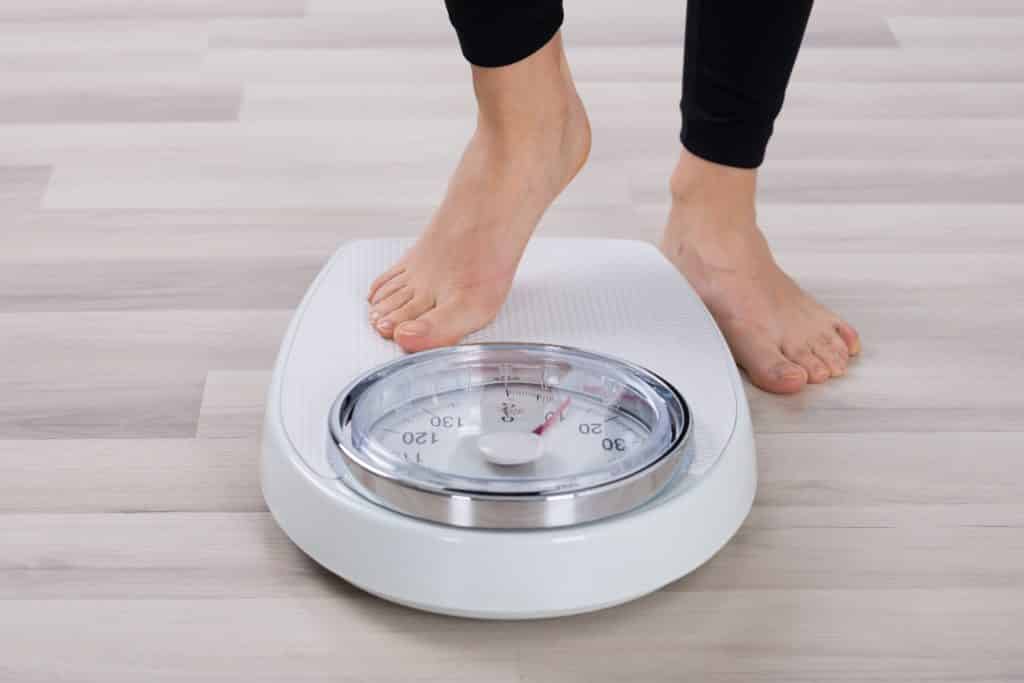
Although most women agree that breastfeeding offers many amazing benefits, including weight loss, everything varies from person to person. For some moms, the weight loss is rapid and obvious. For others, it just may take a little longer than imagined.
This post would provide easy and reliable tips on how to lose weight while breastfeeding, as well as guide you on your postpartum weight loss journey as you breastfeed your little one.
Does Breastfeeding Boost Weight Loss?
Yes.
Medical research shows that breastfeeding can improve weight loss after childbirth, however, the amount of weight loss varies for each person. In fact, for some people the weight loss journey may be a little slower than what was anticipated.
The relationship between weight loss and breastfeeding totally depends on the calories burnt while nursing your little one.

In fact, a combination of these two factors explains why breastfeeding mothers tend to consistently lose baby weight faster than women who don’t:
- Calorie Loss
- Regulated Diet
Studies show that mothers who breastfeed exclusively burn an average of 500 additional calories daily. To provide some context, this is equal to:
- Performing 55 minutes of medium-intensity exercise, e.g. Yoga or Walking
- Cutting out a large snack (or big burger) from your daily diet
- Skipping a small meal
In addition, lactation consultants advice moms to increase the consumption of vegetables, lean-proteins, fiber, and fruits while nursing. This highly regulated diet may also contribute to the weight loss most women experience while breastfeeding.
Statistically, breastfeeding women are 6% more likely to return to their pre-pregnancy weight (or even experience a dip) than non-breastfeeding mothers.
Other studies even show that breastfeeding may have beneficial long-term effects on body weight by reducing overall body fat percentages in breastfeeding moms for up to five years after childbirth.
Finally, most researchers agree that the duration and frequency of breastfeeding affects the quantity and rate of weight loss after childbirth.
How Fast Can I Lose Pregnancy Weight While Breastfeeding?
The following factors will affect how fast baby weight can be lost after pregnancy:
- Diet
- Body Metabolism
- Exercise
- Amount of weight gained during pregnancy
Remember, we mentioned earlier that everything varies from person to person. Depending on how much weight was gained during pregnancy, it may take about six to nine months (or a year in some cases) to lose baby weight.
Interestingly, some women never get to lose all of it.
It is important to note that there is a rapid drop in weight immediately after childbirth. This occurs as a result of:
- The removal of your baby
- Expulsion of the placenta
- Removal of the amniotic fluid
Again, the amount of weight lost varies based on the baby’s weight and the level of fluid retention in pregnancy.
Following this initial (and rapid) weight loss, you’d need to apply certain strategies to lose more of that stubborn baby weight.
To help you through this process, we’ve compiled 7 easy tips on how to lose weight while breastfeeding.
Read on to find out!
How to Lose Weight While Breastfeeding
1. Increase Your Meal Quality
The first step on your postpartum weight loss journey is to increase the quality of your meals. Go for foods that provide the following in the right quantity and best quality:
- Proteins
- Fiber
- Vegetables
- Healthy Fats (e.g. Coconut oil, Avocado oil, and Olive Oil)
- Fruits
- Whole Grain
In addition to increasing the quality of your breast milk supply, these meals would regulate your calorie intake and body-fat production. Interestingly, adding them to your diet also helps to tighten loose skin after pregnancy.
To ensure that you’re getting the best quality from every meal while breastfeeding, we recommend that you avoid any of the following empty-calorie foods:
- Pasta
- White bread
- Junk food
- Baked food
- Cookies
Consuming quality food options would improve your energy levels, sleep quality, mood and boost your ability to lose weight while breastfeeding. Furthermore, healthy food options would keep your appetite in check and provide all the energy you need to care for your little one.
2. Lower the Carbs
Reducing the amount of carbohydrates you consume would also boost weight loss while breastfeeding. However, it is important to supplement this reduction with lots of fruits, protein, and veggies.
The goal should be to consume a minimum of 1,800 calories daily. This can be achieved by following a well-designed and efficient diet plan. Finally, always consult your doctor or lactation consultant before starting any new diet after childbirth.
3. Count Your Calories
To maintain your optimal body weight while breastfeeding, and keep up milk production, you need to consume at least 1,800 calories daily. Effective weight loss only occurs by creating a healthy calorie deficit, and this is a delicate process for breastfeeding moms.
A drastic cut in calories can leave you constantly tired and hungry, while a mild cut may not produce the weight loss you’ve imagined. Due to the physical strain of breastfeeding, it is normal to feel hungry or even tired after nursing. However, tracking your calories would prevent overeating and keep you on course for an effective weight loss journey.
If you exercise often, remember to increase your calorie intake whenever you workout.
4. Stay Hydrated
Water is really important for nursing moms.

In addition to improving your breast milk supply, it also assists in weight loss. We advise that you drink about 12 cups of water each day.
This would detoxify your body regularly and also flush out any water weight. Also, remember to avoid sugary drinks when trying to lose baby weight, because they contain a lot of empty calories.
For most moms, the best way to stay hydrated while breastfeeding is to have a large water bottle handy at all times (even when nursing your precious one).
5. Exercise Moderately
With your doctor’s approval, you can gradually ease back into certain safe exercise routines. We recommend focusing on postpartum-friendly workouts like yoga or walks with your baby. If you love a classic ‘stroll in the park’ with your baby, use a jogging stroller.

You can begin by working out for about 30 minutes daily and about 150 minutes of moderate exercise weekly. Also, it is important to feed your baby before working out to avoid breast engorgement.
6. Don’t Skip Meals
Although you’re trying to lose weight, skipping meals is bad for you.
Why?
Skipping meals may reduce your body’s metabolic rate, thereby reducing energy levels and making it difficult to care for your little one.
Also, consuming too little calories may cause your weight loss to peak or even stop. If you’re too busy to eat regularly, consider taking healthy snacks (or fruits) after breastfeeding your baby to replace lost calories.
7. Rest Regularly
We understand that it can be difficult to find quality time to rest when you’ve just had a baby. However, sleep deprivation may increase hunger, cravings, and stress levels.

Attempt to get as much sleep as you can. It works.
Sleep can help your body recover faster and even boost weight loss as you breastfeed. You can try to recover lost sleep by planning a few 30-minute naps for yourself while your baby sleeps, especially after a nursing session.
Regular rest is also important as you return to postpartum exercising. This is because your muscles also need to rest and recover after workout sessions.
Why Do Some Moms Not Lose Weight While Breastfeeding?
Sadly, weight loss while breastfeeding is not equally easy for all new moms.
Here are some of the reasons why some women do not lose weight while breastfeeding:
- Increased Appetite: It is a known fact that breastfeeding tends to increase hunger. Studies show that some women tend to eat more while nursing. When this is not combined with regular exercise as in Tip #5 above, it results in a weight gain rather than weight loss.
- Sleep Deprivation: As we mentioned in Tip #7, sleep is really important on your postpartum weight loss journey. However, motherhood comes with irregular and interrupted periods of sleep, as you try to meet your baby’s needs.
- Sedentary Living: It is important to remember that breastfeeding keeps you in one position for long periods. Women who live a sedentary life after childbirth tend to find it more difficult to shed postpartum weight than people who lead active lives.
Other Important Benefits of Breastfeeding
Asides postpartum weight loss, breastfeeding also offers many benefits for you and your little one.
This includes:
- Supplies the perfect nutrition package for your baby
- Protects your child from harmful diseases
- Enhances brain development and mental capacity
- Promotes uterine contraction
- Reduces the risk of postpartum depression
- Saves money

A Final Note from Edie & Amy
Our final tip is that you don’t stop breastfeeding.
Remember that your postpartum weight loss journey is unique, and absolutely different from anyone else’s. Take it one day at a time, follow the tips above and we’re confident that everything would work out fine.
You are not alone, Mama!


























